Key Takeaways
- Let VR game specs determine your build requirements – invest more in a GPU with 8GB+ VRAM.
- Prioritize GPU power in your budget over CPU when building a VR-ready PC.
- Network performance is crucial for wireless VR – invest in a reliable network card and Ethernet connection.
Virtual reality is cheaper and easier to access than ever before, but the best VR experiences are on PC, and building a PC that can handle VR might seem a little daunting. The good news is that it’s no more difficult than building a regular gaming PC.
Let VR Game Specs Guide You
Like any computer built for a specific purpose, what really matters are the requirements for the software you want to run. For example, Half-Life Alyx is still the gold standard in high-end PC VR experiences, but has pretty modest minimum requirements.
The game asks for a Core i5-7500, 12GB of RAM, and a GTX 1060. Of course, you won’t be running it at higher settings by just hitting the minimum spec, but any moderately powerful modern gaming PC (or laptop) will have no issue running this title and running it well. The days of requiring a high-end PC for VR are long behind us!

PS VR2 PC Adapter
The PS VR2 PC Adapter turns a PS VR2 VR headset into a Steam VR PC headset, so you can play PC VR games as easily as with any PC VR headset.
The GPU Is the Most Important Component
While it’s always important to have a CPU and GPU combo that’s well-matched, VR puts its emphasis on the GPU. After all, the GPU has to produce two high-resolution renders in order to simulate depth, and we can’t skimp on resolution too much because fuzzy imagery is way more apparent when a screen is an inch from your eye and magnified through a lens.
The CPU is crucial to maintain minimum frame rates, and to handle VR games and apps that have sophisticated physics and animation, but even mid-range CPUs are powerful enough for VR these days, and I would recommend emphasizing GPU power in your budget, more so than even a standard gaming PC. In particular, you’ll want a GPU with more than 8GB of VRAM. While 8GB GPUs are OK for VR as of this writing, anyone buying a new GPU going ahead should opt for more than this number. Somewhere between 12GB and 16GB would be fine, but if your budget allows for more, then by all means!
Don’t Overlook RAM and Storage
While RAM and storage speeds aren’t the main players in a VR system, you don’t want to skimp here. RAM capacity is perhaps not all that important. A standard 16GB to 32GB PC is just fine. Fast memory, which means modern DDR5 or high-performance DDR4, is important. We want to remove any source of latency in VR, since it’s quite possibly the most latency-sensitive type of software that you’re ever likely to run.
The same goes for your storage. Your operating system and VR software should be on a fast solid-state drive, because we want to avoid any sort of hitching that happens because of assets streaming in. How fast? You won’t need the latest, fastest drives, but I’d recommend nothing slower than 3500MB/s, and for a build that will last a few years, twice that number won’t hurt.
Network Performance Matters for Wireless VR
It’s no exaggeration to say that the most popular VR headset series on the market is Meta Quest. These standalone VR headsets are convenient and fun, but they’re also decent PC VR systems, and come with the amazing party trick of allowing VR using Wi-Fi. However, if you want this to work well, you’ll need to use an Ethernet connection from your PC to a router or mesh network unit. Then the Quest VR headset must be connected on the 5Ghz band to that router or mesh pod.
Which is why, apart from investing in a decent router, it’s worth adding a brand-name network card to your computer build, or picking a motherboard that has a reputable network card brand onboard. You don’t need to buy a gaming-specific network card, but a gaming-centric motherboard is a good idea since the Ethernet controllers on these boards are generally aimed at internet multiplayer, which is eaxactly what we want for wireless VR.
I don’t recommend trying to use a Wi-Fi connection between the computer and the router, but it can work OK if conditions are good. Stick to the 5Ghz band, and use at minimum Wi-Fi 5. Though your router needs to support the same Wi-Fi versions as your new computer to make the most of it.
 Your Headset May Have Special Requirements
Your Headset May Have Special Requirements
Last, but certainly not least, your chosen headset is a big factor in how your VR PC will be built. Headsets come with their own minimum and recommended requirements, and that goes beyond just the horsepower of your components. For example, some headsets might need DisplayPort over USB-C, so your computer needs to support that. Likewise, you might need to have a minimum type of USB port or DisplayPort connector version. If you haven’t settled on a VR headset yet, then you can choose one that matches the computer you have in terms of requirements, but if you’re locked in on a specific headset, its requirements will impact your build decisions.
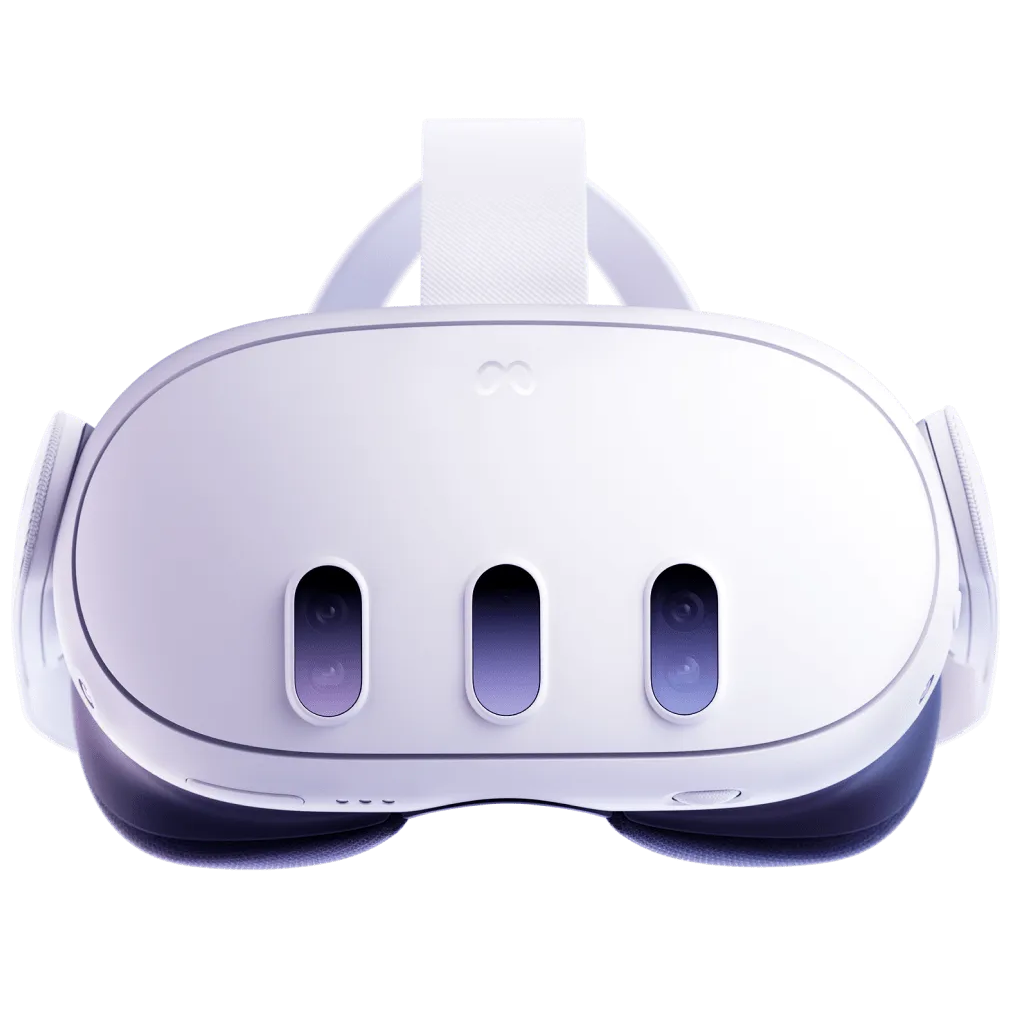
Meta Quest 3
The Meta Quest 3 improves on the Meta Quest 2 in every way, while adding brand-new mixed reality capabilities thanks to advanced full color external cameras.
Just about any decent gaming PC is also good to go for VR these days, but as you can see, if you want to get the best out of VR specifically, some small tweaks can make a good experience great.


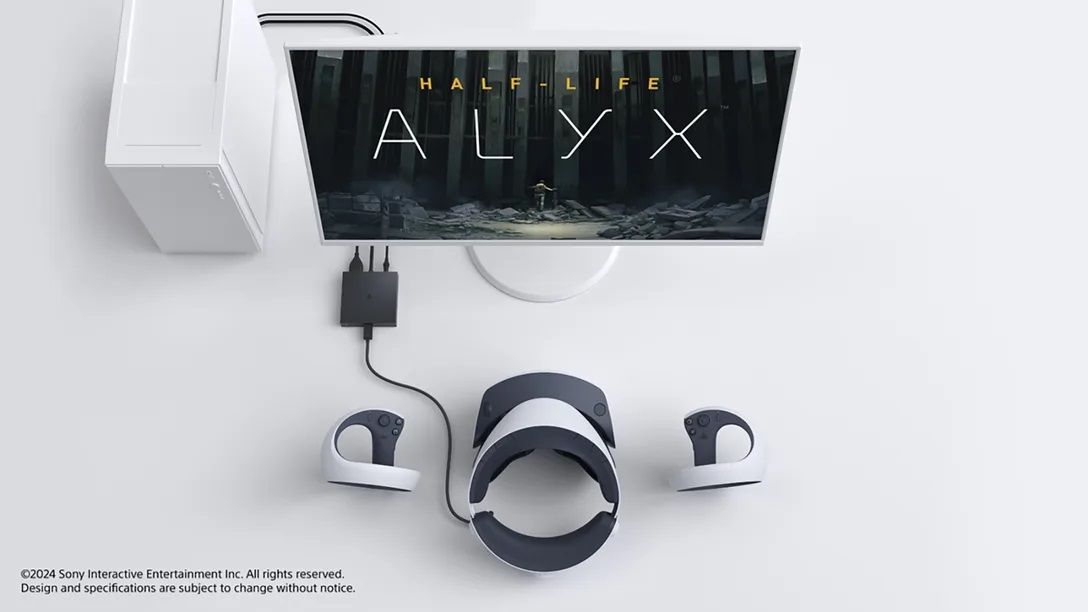
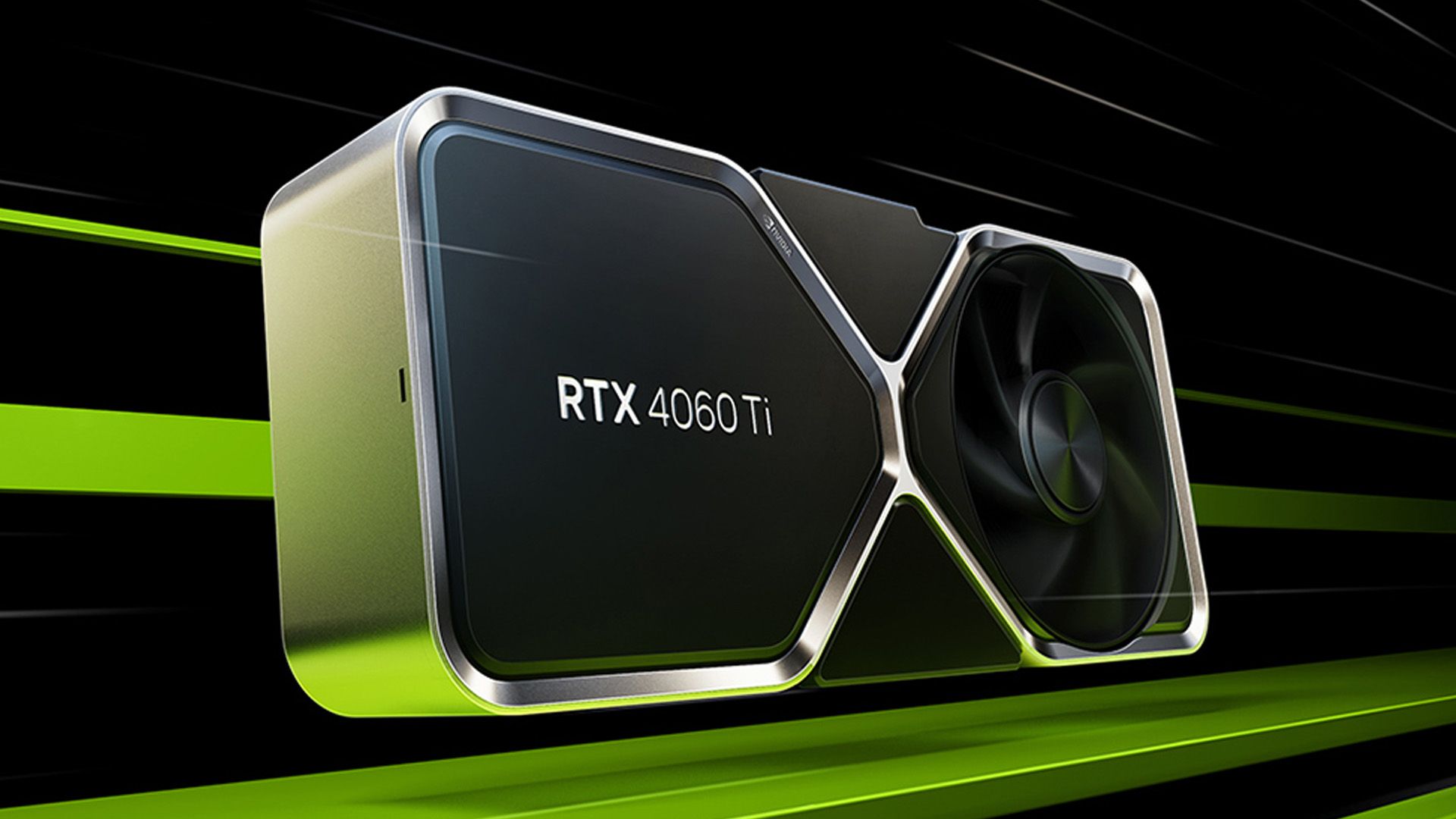
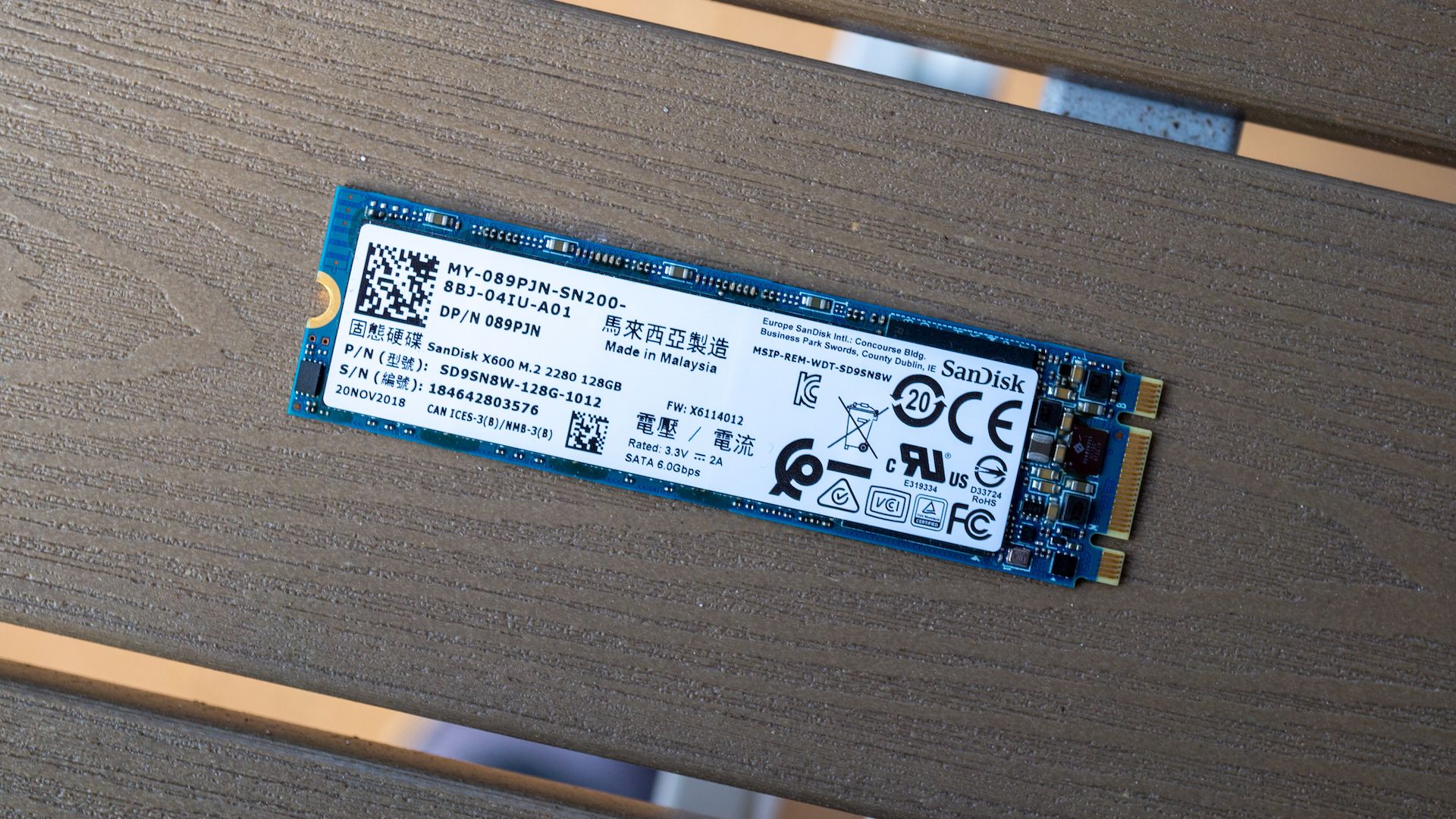
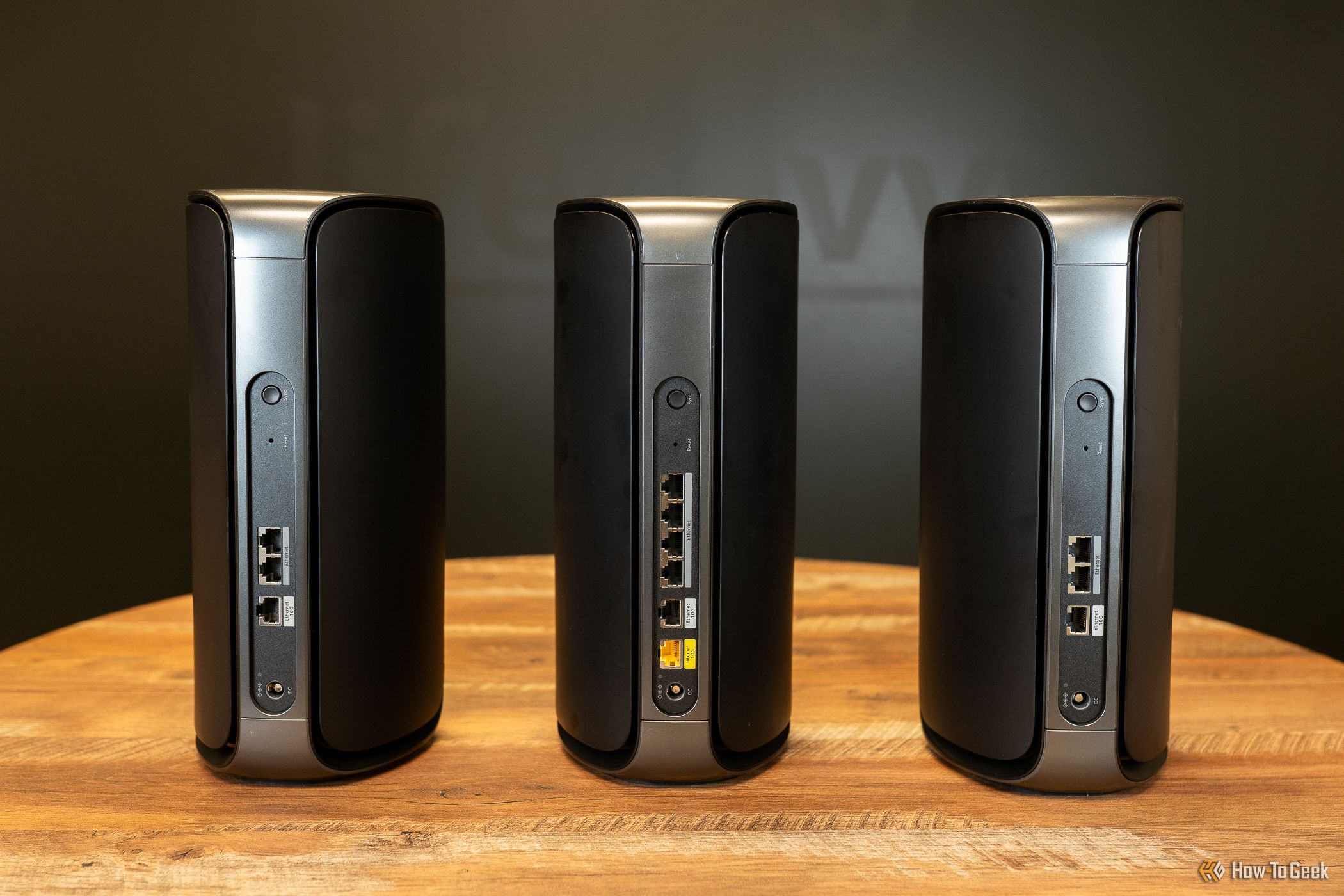
 Your Headset May Have Special Requirements
Your Headset May Have Special Requirements 

